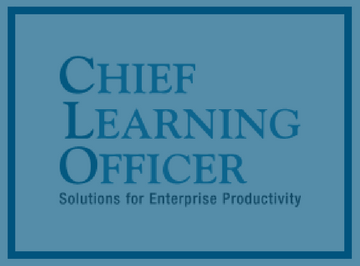Unbundle Higher Education
Unbundle Higher Education
Higher education primarily provides learning content in large packages doled out one semester at a time via a sometimes-lengthy matriculation process. Companies, however, want content in smaller units delivered as needed to a time-strapped workforce.
There’s an opportunity to partner with universities to deliver higher education via classes sold one at a time on an iTunes-like account. Workers would be able to take classes as they need them without interrupting their workday or putting a career on hold to complete a traditional multiyear degree.
According to Rob Lauber, chief learning officer for McDonald’s, institutions such as INSEAD, Harvard and Wharton have already done work to unbundle education targeting senior executives. But reaching a large-scale employee base hasn’t been as successful for universities.
Delivering content faster and in necessary, applicable chunks is critical for businesses. Online learning and pre-assessments can help universities configure courses based on the learner’s competencies and background. For universities, unbundling means providing instructional content at the right time with the right content and in the right amount.
Sarah Steinberg, founder of Frogstone Strategies and former executive vice provost of Johns Hopkins University, said there is a growing movement toward competency-based education. As such, content delivery needs to be more flexible and accessible.
Schools like the College of America, the University of Wisconsin and Lynn University are unbundling education. Some are turning to massive open online courses, and last fall, according to Inside Higher Ed, Lynn University began delivering its undergraduate courses with Apple’s course management software, iTunes U.
Wayne Smutz, dean of continuing education and extension at the University of California at Los Angeles, partners UCLA Extension with an educational broker. The broker works with companies like American Express to make the extension’s courses available to employees by administering the tuition and fees for training, processing payments and connecting with the companies.
Steinberg first introduced corporate partnerships at Johns Hopkins in the ’90s. The impetus was corporations’ desire to control when and where students take courses. Companies also like to influence the content with their case studies, which Steinberg said is notalways possible.
Despite these advances, economics and collaboration are still roadblocks to unbundling higher education. Universities are hamstrung by Title IV of the Higher Education Act. The federal funding from the act leads to university grants and student loans. Getting Title IV funding requires accreditation from the American Council on Education, which looks at whether schools are offering degree-bearing and credit-bearing courses. That’s measured in credit hours, which are a function of contact time.
When it comes to shrinking the time it takes to graduate, Capella University is a leader in competency-based learning. In 2013, the University of Wisconsin system began offering a competency-based degree, too. It’s all part of a shift to learning at the right time with the right content in the right amount.
Herein lies the rub: How much should a university charge an employee for taking a few weeks of a yearlong course? If the content from a degree program is broken up too much, the federal government will resist funding it because officials are struggling with this new model. For the most part, if employees want content from a university, they must obtain the degree.
Solving this problem will take conversations among corporations, government and universities. But “one of the biggest problems is we don’t have forums where we talk with one another,” Smutz said.
These conversations have to happen because adults are looking to move their careers forward without re-creating the undergraduate university experience. It’s never been a better time for corporate leaders to identify who the decision-makers are in the universities and for the universities to invite corporate learning leaders to share their thoughts and aims.

This column was originally published in CLO.